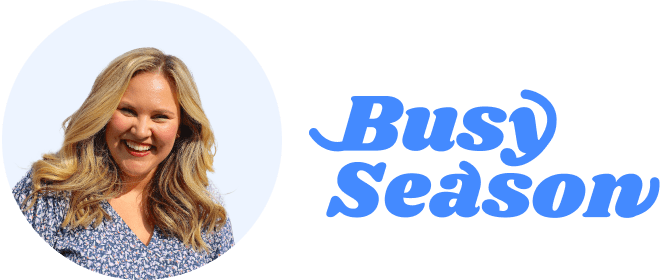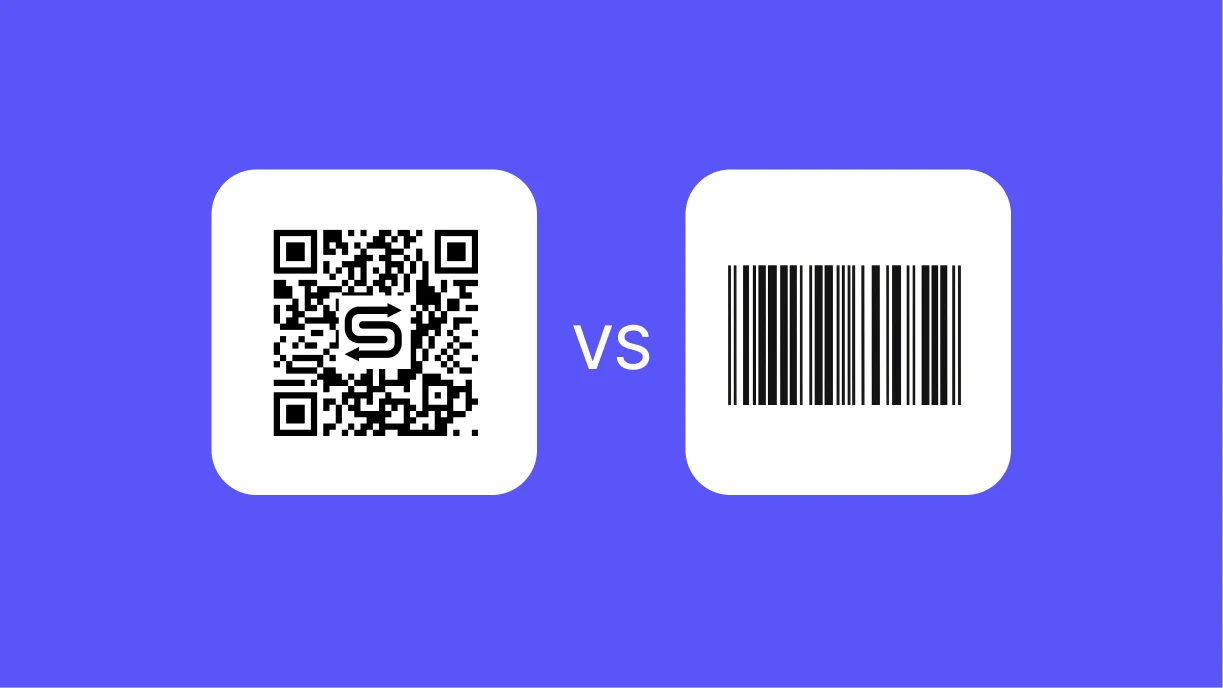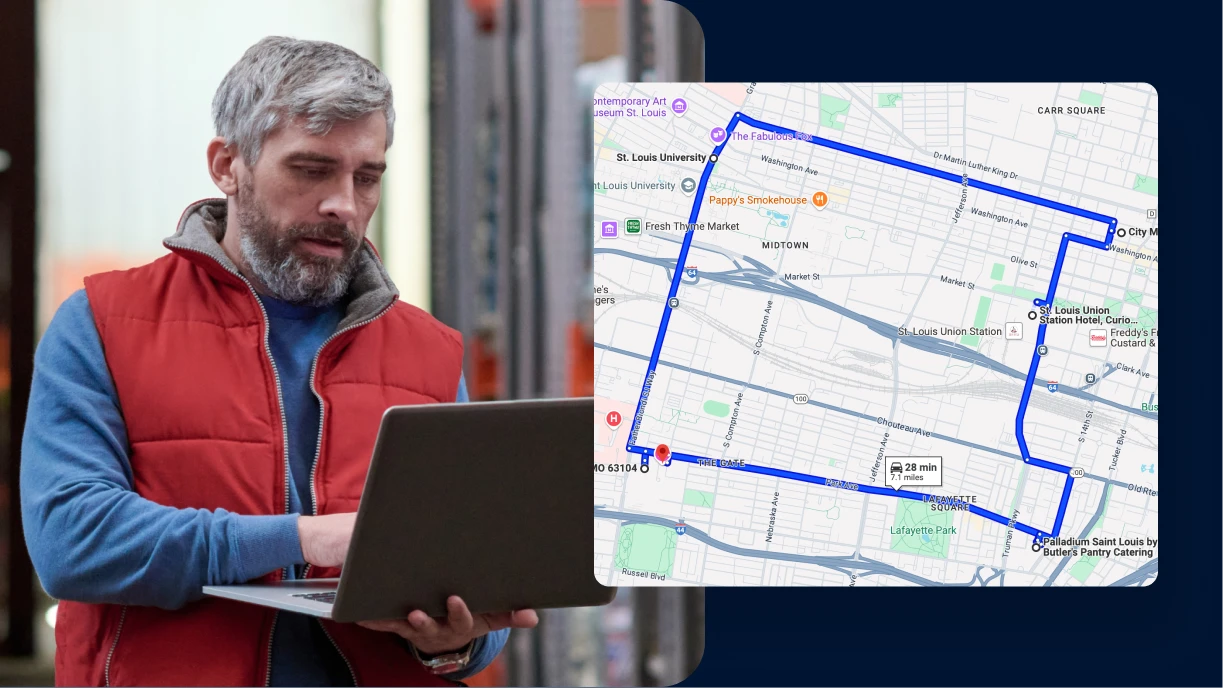In today’s market, there is no room for businesses that discriminate and exclude certain people because of who they are or who they love. But, as creative entrepreneurs making the shift towards inclusivity, it’s important to recognize that there is a big difference between intention and action. Without action, good intentions can come across as hollow and performative. Inclusivity is not a checklist; rather, it’s a way of being — and a way of doing business.
To become a truly inclusive business, you must ensure that every facet of your business is built on a foundation of diversity and acceptance. From who you hire and how you train them to the images and messaging you use to market your business, it all must come from an authentic desire to welcome all people into your brand experience, no matter how they look or identify.
This isn’t just for attracting LGBTQIA+ clients to your business. Cishet clients are increasingly aware of how companies appear in the market and value inclusive brands that don’t discriminate against their LGBTQIA+ friends and family members.
Here’s the good news: Creating an inclusive client experience doesn’t have to be hard! It requires a mindset shift in approaching your clients and updating your business messaging to align with your values.
Here are six steps to cultivate the accepting brand environment that will win over your clients and show the world that your business is more than just talk.
Audit the language you use in your business
Your language must be gender-neutral and inclusive, from the copy on your website to the elevator pitch you give at a networking event. There may be some lingering habits from the past, like using the term “bridal bouquet” instead of just “bouquet,” so be mindful about how you phrase your messaging to ensure it doesn’t exclude anyone.
While it might seem easy enough to swap out the verbiage on your website and marketing materials, it might feel harder to change the way you communicate in person. Adjusting your vocabulary in real-time takes hard work and intention. Accept that you might make mistakes — if you do, own up to them and commit to doing better. As with all things in life, practice makes perfect.
Make your values crystal clear
The average person only spends a few seconds on your website or social media page before deciding whether to follow or keep browsing. Make it obvious that you run an inclusive business! State it on your website’s home page and your social media bio to let interested prospects know that you celebrate people of all backgrounds. If you have imagery of LGBTQIA+ clients, include them on your website and social media, along with testimonials if possible.
If you want to take it to the next level, focus on earning features from inclusive publications. As you build out a press portfolio that represents all types of couples, it will be clear that you value diversity and inclusion in your business!
Ask for pronouns
Knowing your prospect’s pronouns is essential for inclusive communications, but it also shows them that you’re respectful of their identity. Create a space for them to share their pronouns early in the onboarding process (like in your contact form), so it’s clear that you are equality-minded from one of the very first touchpoints.
I also suggest including your own on your website’s About page, social media bios, email signature, and Zoom username. In that way, you can go the extra mile to show your clients that you are authentically inclusive and value the importance of one’s pronouns.
Don’t make assumptions
Many corners of the business world tend to have roots in heteronormative traditions, so it’s ingrained in our brains to think in a certain way. But making assumptions about someone’s identity or orientation can be offensive and degrading. So to stop this pattern of thinking, we literally need to retrain our brains to remain open-minded and skip jumping to conclusions. Ask open-ended questions instead of assuming hetero- and binary-driven roles.
Avoid tokenizing
There is a big difference between authentically marketing towards members of the LGBTQ+ community and using LGBTQ+ content to appear inclusive. While one is a genuine approach to serving one’s client base, the latter is merely performative. For example, repeatedly highlighting the one same-sex couple you worked with years ago, or a trans client who gave you a testimonial is insincere and, frankly, disrespectful to that client. They came to you for support, not to be used for disingenuous marketing purposes.
Plus, people can see right through feeble attempts at performative inclusivity. Fortunately, there are a number of ways to produce and source inclusive imagery and content, so there is no need to inadvertently tokenize past clients — even if you have good intentions. For example, incorporate LGBTQ+ models into a styled shoot that you’re producing (just make sure it’s about the creative and not the couple — people are not props!) or source diverse stock photos to start out.
As your inclusive approach attracts non-cishet clients, you will build a more diverse portfolio and produce more content that celebrates all folks — including those who do not align with the broken heteronormative standards of yesterday’s expectations.
Employ diversity training in your business
Continuing education isn’t just for industry-specific knowledge; it’s about learning to build a better business that keeps clients satisfied. Diversity training is an excellent opportunity to establish consistent procedures and protocols within your team that ensure your clients get the best service, no matter who they interact with.
As a business owner, you are responsible for the client experience across the board. Working with a diversity and inclusion expert will provide you and your team with the training you need to remain sensitive and respectful to all needs.
Since D+I training has become a valued resource for many businesses, there are many in-person and virtual courses to choose from — try to find a certified source specializing in your industry. We support and recommend The Equality Institute for a more generalized approach to diversity training.
The learning opportunities are out there, so look for them! A big part of committing to inclusivity means doing the research and work it takes to align your values and position your brand in a place of acceptance. A good, kind heart goes a long way; let it guide you in your business, and you can’t go wrong.
Want more tips on strategy, trends, and best practices delivered straight to your inbox?
{{cta(‘3b197555-83cd-4c4f-879e-c3853a2272b7′,’justifycenter’)}}






